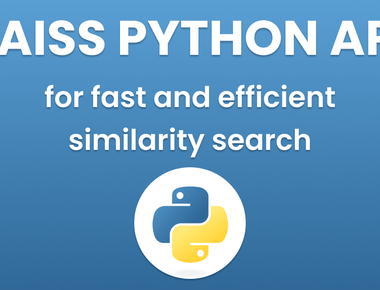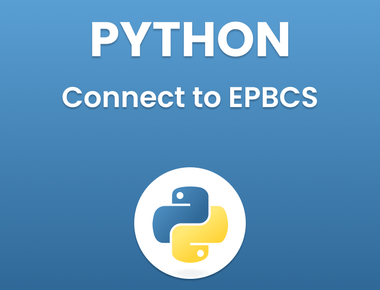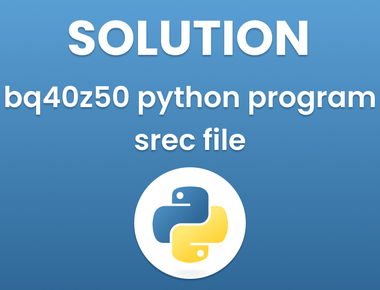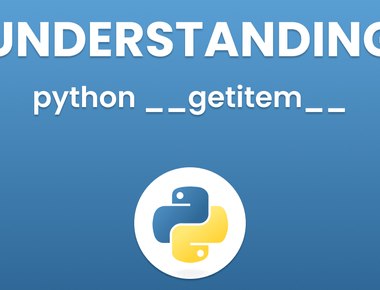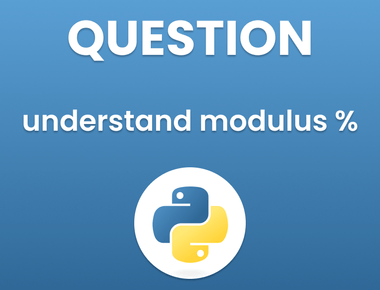
Understanding the Fundamentals of Tuples in Python
In Python, tuples are an essential data structure that helps organize and manage data. If you’re new to Python, it’s crucial to understand the basics of tuples and how they work. In this article, we’ll explore what tuples are, how they differ from other data structures like lists, and how you can use them effectively in your Python programs.
What is a Tuple?
A tuple is a collection of ordered and immutable elements that are enclosed in parentheses. It can store any type of data, including integers, strings, floats, and even other tuples. Once you create a tuple, you cannot modify its values. This feature makes tuples an excellent choice for storing data that should not be changed once it’s been set.
Tuples are similar to lists in many ways. The main difference between them is that tuples are immutable, while lists are mutable. This means that you can add, remove, or modify elements in a list, but you cannot do the same with a tuple. Tuples are also faster than lists when it comes to accessing elements because they use less memory.
Tuple is one among the 4 data types that Python has built in to store data collections. The other 3 are List and Set. Each type has different properties and uses.
A tuple can be described as a collection that is ordered and unchangeable .
Round brackets are used to write tulles.
Python Tuple consists of a collection separated by commas. A tuple can be compared to a list for its indexing, repetition, and nested objects. However, unlike lists that are mutable, a Tuple is immutable.
Creating Tuples in Python
To create a tuple we will use () operators.
mytuple = ("JAVA", "Python", "Kotlin", "NodeJS")print(mytuple)
Accessing Values in Tuples in Python
Method 1: Using Positive Index
Using square brackets we can get the values from tuples in Python.
mytuple = ("JAVA", "Python", "Kotlin", "NodeJS")print("Value in mytuple[0] = ", mytuple[0])print("Value in mytuple[1] = ", mytuple[1])print("Value in mytuple[2] = ", mytuple[2])print("Value in mytuple[3] = ", mytuple[3])
Output
Value in mytuple[0] = JAVA
Value in mytuple[1] = Python
Value in mytuple[2] = Kotlin
Value in mytuple[3] = NodeJS
Method 2: Using Negative Index.
In the above methods, we use the positive index to access the value in Python, and here we will use -ve index within [].
mytuple = ("JAVA", "Python", "Kotlin", "NodeJS")print("Value in mytuple[-4] = ", mytuple[-4])print("Value in mytuple[-3] = ", mytuple[-3])print("Value in mytuple[-2] = ", mytuple[-2])print("Value in mytuple[-1] = ", mytuple[-1])
Output
Value in mytuple[-4] = JAVA
Value in mytuple[-3] = Python
Value in mytuple[-2] = Kotlin
Value in mytuple[-1] = NodeJS
Concatenation of Tuples in Python
To concatenate the Python tuple we will use plus operators(+).
# Code for concatenating 2 tuplestuple1 = (0, 1, 2, 3)tuple2 = ('JAVA', 'Python')# Concatenating above twoprint(tuple1 + tuple2)
Output
(0, 1, 2, 3, ‘JAVA’, ‘Python’)
Slicing Tuples in Python
# code to test slicingtuple1 = ("JAVA", "Python", "Kotlin", "NodeJS")print(tuple1[1:])print(tuple1[::-1])print(tuple1[2:4])
Output
(“Python”, “Kotlin”, “NodeJS”) (“NodeJS”, “Kotlin”, “Python”, “JAVA”) (“Kotlin”, “NodeJS”)
Deleting a Tuple
# code to test slicingtuple1 = ("JAVA", "Python", "Kotlin", "NodeJS")del tuple1print(tuple1)
Output
NameError: name ‘tuple1’ is not defined
Finding Length of a Tuple
# Code for printing the length of a tupletuple1 = ("JAVA", "Python", "Kotlin", "NodeJS")print(len(tuple1))
Output
4
Converting list to a Tuple
# Code for printing the length of a tuplelist1 = ["JAVA", "Python", "Kotlin", "NodeJS"]print(tuple(list1)) #typecasting using tuple keyword
Output
(“JAVA”, “Python”, “Kotlin”, “NodeJS”)
Subscribe to our newsletter!
Related Posts
Quick Links
Legal Stuff
Social Media



